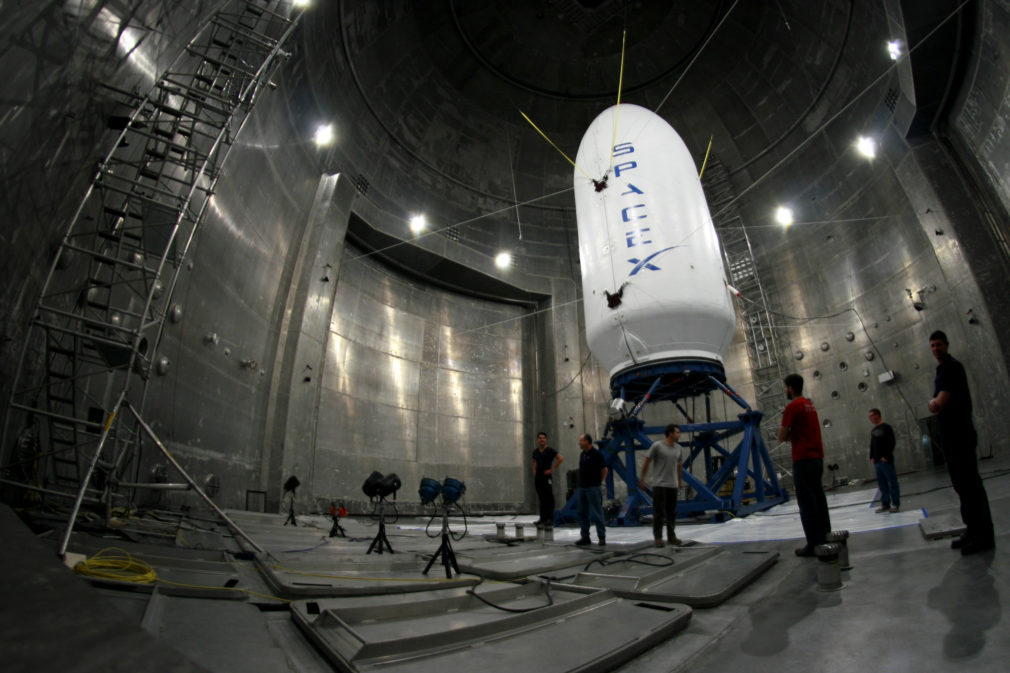Few elements of our modern world are more fascinating than the progress we are making in communications, media and entertainment technology. Telephones have transformed from chunky, fitted wooden boxes to tiny, handheld devices while newspapers have turned from pamphlets to sprawling digital media empires through the internet.
Fortunately for Australian gaming fans, the technology behind pokies, also known as slots, has also advanced by leaps and bounds over the last century.
The Early Days
In 1895, San Francisco-based mechanic Charles Fey introduced the world to the first ever slot machine. Though it wasn’t nearly as crude as other early technologies, it was simple with a bulky metal casing, a tiny coin inlet and a little lever that made the internal gears spin. The three reels featured diamonds, hearts, spades, horseshoes, stars and a cracked liberty bell, all of which were hand painted. If three of these symbols matched up, the machine would automatically release its coins for the winner.
Fey’s Liberty Bell slot machine was so impressive that companies around the world including Mills Novelty Co. soon copied the idea and supplied bars around Australia, North America and Europe with the game. Over the years, new manufacturers began to add more reels and symbols to the original, but it wasn’t until the 1980s that they raised the jackpot odds high enough for more investors to become interested. You see, the original machines only had 1,000 combinations available, but when computerization was introduced, the odds of winning were raised to 1 in 16.8 million.
Computer Technology
This was just one of numerous advantages the computer age bestowed upon pokies. Perhaps the largest benefit was the fact computers made pokies more independent, meaning casinos could fill entire floors with the machines without having to attend to every unit individually. Instead, microprocessors ensured that the machines delivered high, frequent jackpots when possible and smaller jackpots when almost empty.
Around this time, many pokies manufacturers also introduced the Random Number Generator (RNG) and Ticket-In/Ticket-Out system. Not only do RNGs inform each individual machine what percentage it should pay out when compared to how much money has been paid in, but it also makes winning completely unpredictable for the first time ever.
Meanwhile, the Ticket-In/Ticket-Out method allowed casinos a little extra safety, as the tickets displaying jackpot amounts had to be swapped by a cashier. Before this system was introduced, jackpots were rewarded instantly in cash which made it incredibly difficult for casino operators to keep track of how much they had paid out.
Online Pokies
As the millennium approached, many land-based casino brands as well as up-and-coming entrepreneurs realised the potential of creating online pokies. By developing software based on the physical technology of slot machines, brands could now offer their customers access to games and casino whenever and wherever they were. By 2012, online casino operators such as Pokies.com were able to compete with other flourishing gaming industries, by offering online pokies such as Starburst and Guns N Roses in addition to digital table games, scratch cards and even live dealer games. Plus, all of these games can be accessed on a variety of platforms including desktop, tablets and smartphones.
Despite how far pokies have come over the last one hundred years, it seems that the technology behind the games will only continue to thrive. With virtual reality (VR) and augmented reality (AR) already in full swing, we are sure to see pokies grow for decades to come.





